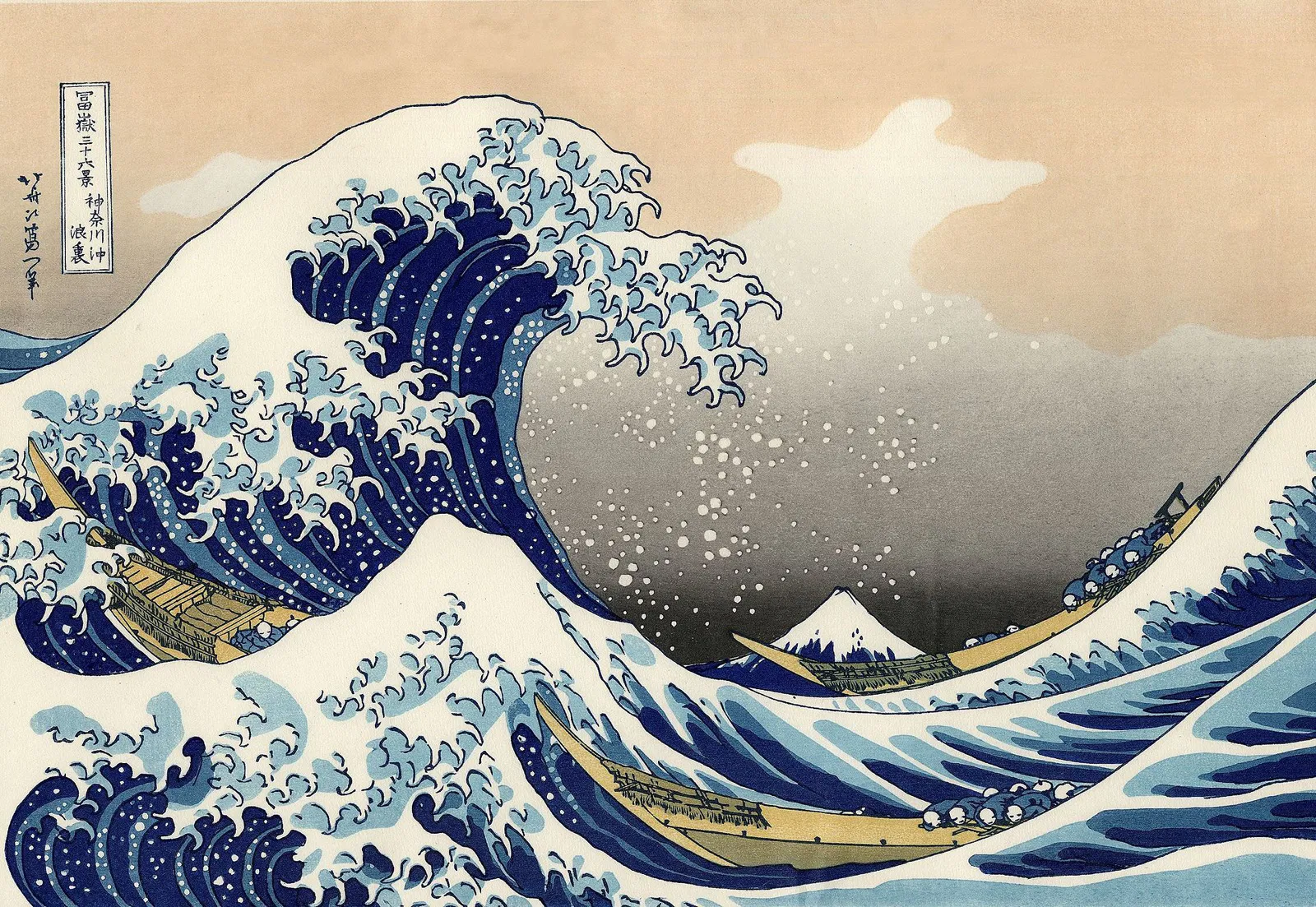How to Use Material

By switching languages, grammar explanations and translations in your native language are displayed.
They are currently only in English, but I will make in Chinese and Thai.
How to Proceed with Lesson
Repetition is important in learning languages.
You can memorize efficiently by repeating three times: preparation → lesson → review.
Preparation
Please look over grammar explanations, new words and the contents of materials before every lesson.
If you are busy, you can just read only the grammar explanations and new words.
Lesson
During the lesson, I will open a note on the left side of the material screen and write down the grammar and words that you made a mistake.
After the lesson, I will send the note to the message box.
Review
Please review with the note I sent.
You can review efficiently because only the Japanese you made a mistake or the new words that came out during the lesson are written in the note.
Installing Yomitan

I highly recommend installing Yomitan (former, Yomichan) to use my web materials efficiently.
This plugin displays meaning, reading, and accent of Japanese words.
It works with Google Chrome or Firefox.
It saves you the trouble of browsing Google Translate or online dictionaries.
As for proper nouns, such as person’s name, are sometimes inaccurate, but Yomitan is very helpful to learn.
Learning Kanji

I don’t teach kanji in lessons because it is better to practice conversation with me.
Of course, if you want to know the meaning or reading of kanji during lessons, please ask me.
Basically you can learn kanji in materials by Yomichan.
If you want to further study kanji, the following website and app are recommended:
WaniKani
You can learn many kanji systematically.
You can use this from your smartphone.
Recommended for all learners from beginner to advanced.
